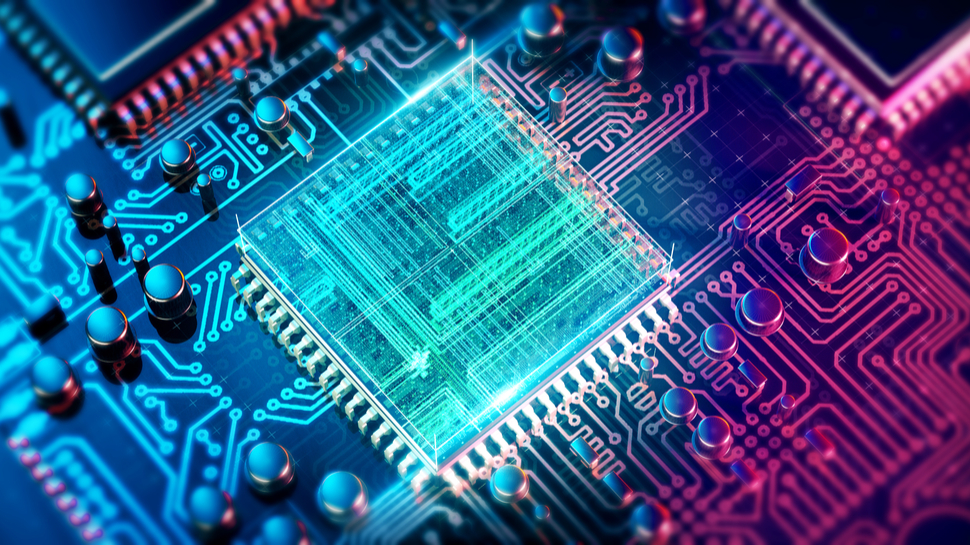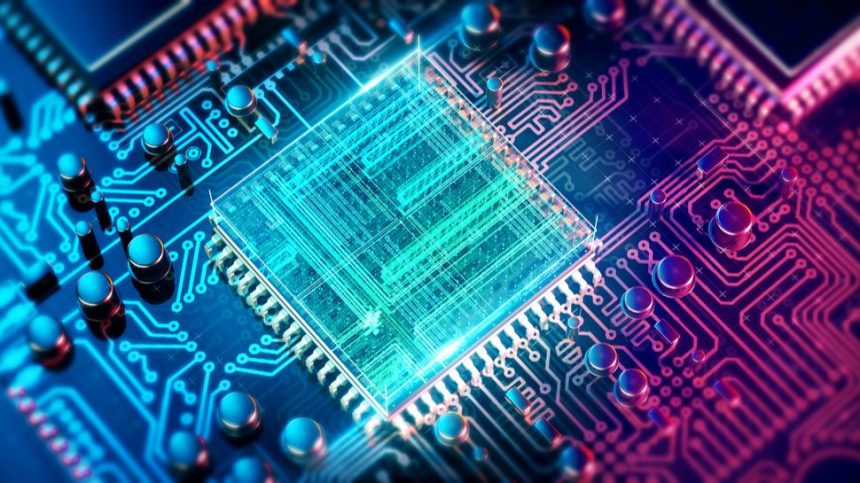
The National Institute of Standards and Technology (NIST) has recently introduced its inaugural trio of encryption standards designed to resist the decryption capabilities of future quantum computers.
Quantum computing promises computational speed that dwarfs today’s most advanced supercomputers, empowering these machines to breach existing encryption protocols at unprecedented rates.
This impending reality poses a significant threat, as many cybercriminals are currently targeting organizations and exfiltrating their encrypted information, intending to decrypt such data once quantum technology becomes accessible. This critical event is referred to as Q-Day within cybersecurity circles.
Preparing for Q-Day
Modern encryption techniques safeguard virtually all online transactions; however, they fall short against potential quantum attacks. Therefore, innovative cryptographic algorithms that can withstand quantum interference are under development, aiming to bolster security against current threats and future breaches.
Quantum computers excel in factoring capabilities—a skill that allows them to dismantle traditional encryption methods with alarming efficiency. While experts speculate that initial versions of these computers could be functional within the next decade, it’s anticipated they will initially serve research purposes under their developers’ control before entering broader commercial use.
NIST has devoted eight years toward creating these national standards by collaborating with leading researchers in the field of cryptography.
“The rise of quantum computing is crucial in cementing America’s position as a leader in global technology and enhancing our economic security,” stated Don Graves, the U.S. Deputy Secretary of Commerce. “Agencies within Commerce are dedicated to maintaining U.S. competitiveness in this arena—NIST plays an instrumental role in tackling our challenges related to quantum technology through initiatives like post-quantum cryptography.”
Graves also expressed optimism about continuing this decade-long initiative: “We are excited about upholding Commerce’s tradition of leadership in this essential domain.”
The new standards encompass algorithms’ source code, practical implementation guidelines, and application scenarios for each type of encryption deployed. The first standard introduced is Federal Information Processing Standard (FIPS) 203—a broad-spectrum encryption protocol based on what was known as CRYSTALS-Kyber but now referred to as Module-Lattice-Based Key-Encapsulation Mechanism (ML-KEM).
The second standard released is FIPS 204; it focuses on securing digital signatures through an updated version called Module-Lattice-Based Digital Signature Algorithm (ML-DSA), formerly CRYSTALS-Dilithium. The last one outlined is FIPS 205 which aims at digital signature protection using Sphincs+, now termed Stateless Hash-Based Digital Signature Algorithm (SLH-DSA), providing an additional safeguard should vulnerabilities arise within ML-DSA standards.
Further Insights from TechRadar Pro
- The top laptops for engineering students today
- A look at LastWall’s newly launched solutions for mitigating Q-Day risks through enhanced network infrastructure protections
- Your guide to choosing among the best firewalls available now






